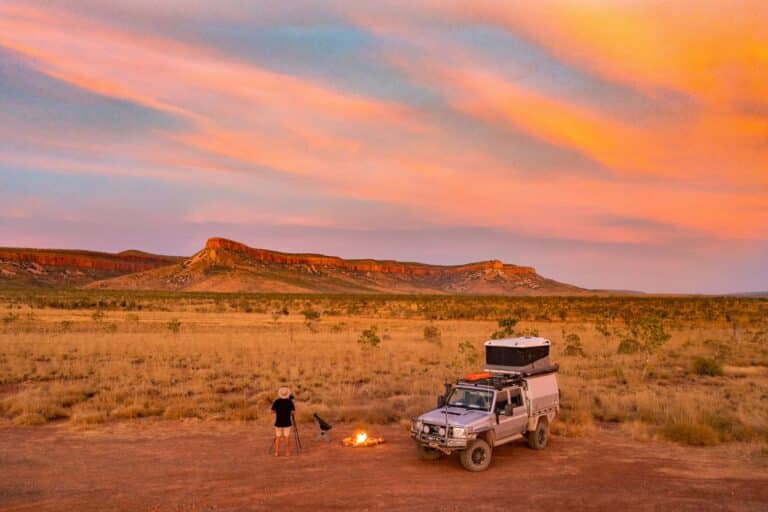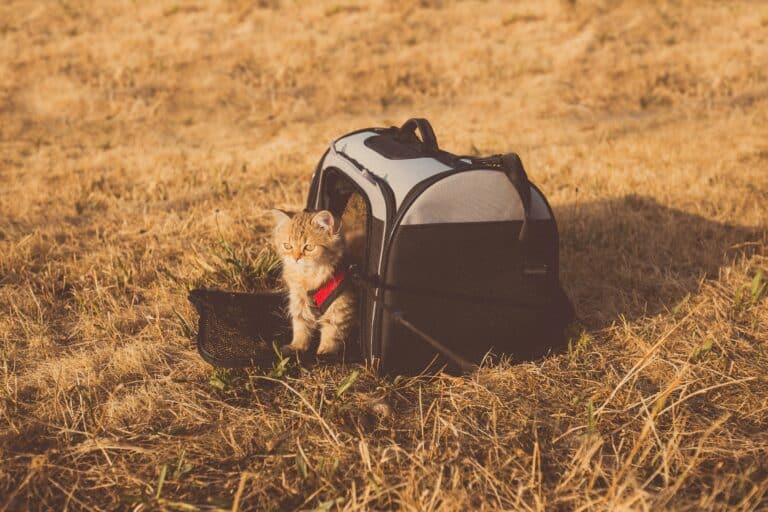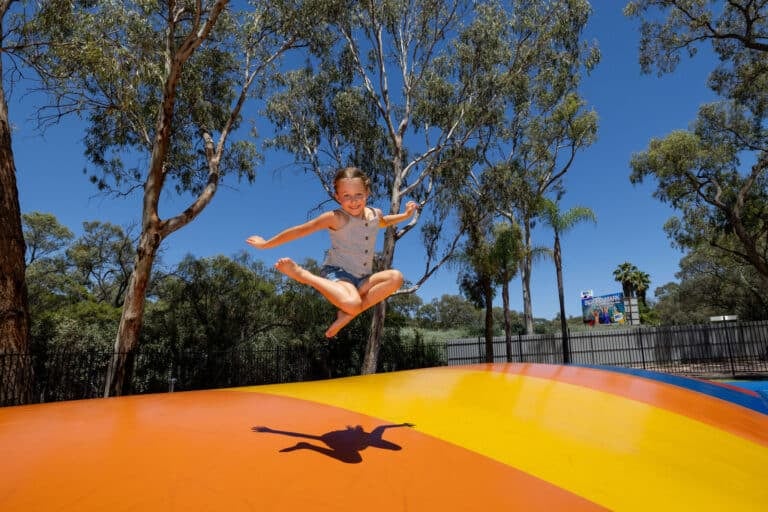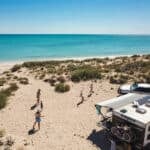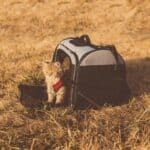Here are the top tips on taking your dog camping, from Let’s Go Caravan & Camping
- Get your dog used to long drives
Sometimes dogs get sick in the car, so it’s worth taking your pooch on some longer car rides before setting out on holiday together. This also gets them used to the pet harness or being inside a pet carrier. Also, it’s a good idea not to feed your dog immediately before setting out on your trip – dog vomit all over the car isn’t fun for anyone!
- Check your dog is fit for travel
Your dogs really should have all their vaccinations up to date before going on holiday because they might come into contact with unvaccinated doggie friends. If your dogs have any health issues, take a print out of their medical history in case you have to visit a vet on holiday.
- Make sure your dog has ID
Microchipping is great for bringing you and your dog back together if they get lost, but on holidays you don’t want them to get sent back home without you. Aside from checking the microchip details are current, please hang an ID tag on your dog’s collar that has your mobile number on it.
- Pack your dog’s usual food
Going on a caravan or camping trip is exciting and comes with lots of new things for your dog to get used to. Pack plenty of their favourite snacks and food so they don’t get an upset tummy or too stressed about everything being different.
- Take your dog’s bedding from home
Pack their bed from home if you can – it will help your dog sleep better and feel more at home in the strange new environments they’ll be exploring by your side.
- Pack a zillion poop bags!
There won’t be backyards where poop can wait to picked up on your caravan or camping holiday. Make sure you have a zillion poop bags for all your pooch’s toilet stops. It’d be embarrassing to get kicked out of a caravan park because you didn’t clean up after your dog.
- Keep your dog safe and secure
Dogs love to run off leash whenever they can, but when on holidays it’s best to keep them securely restrained. Keep them on leads when walking around and use a longer lead on a stake at the campsite.






